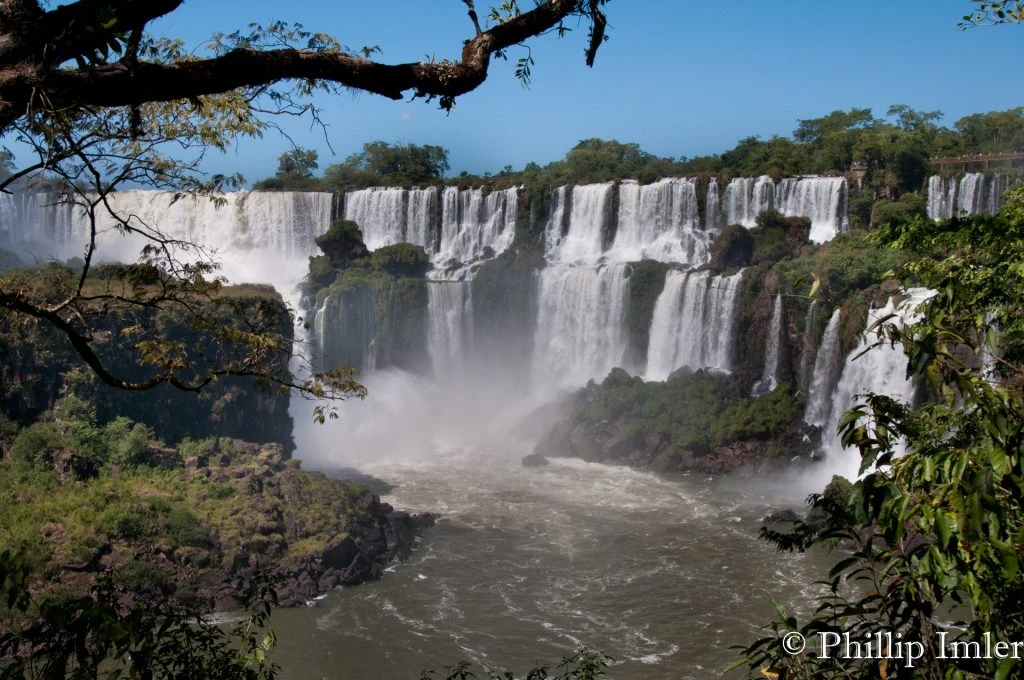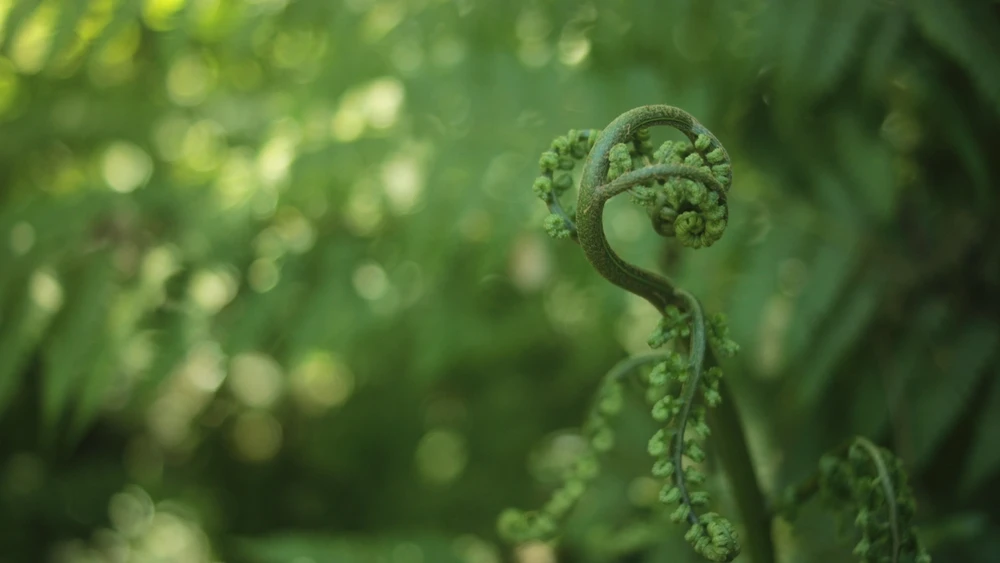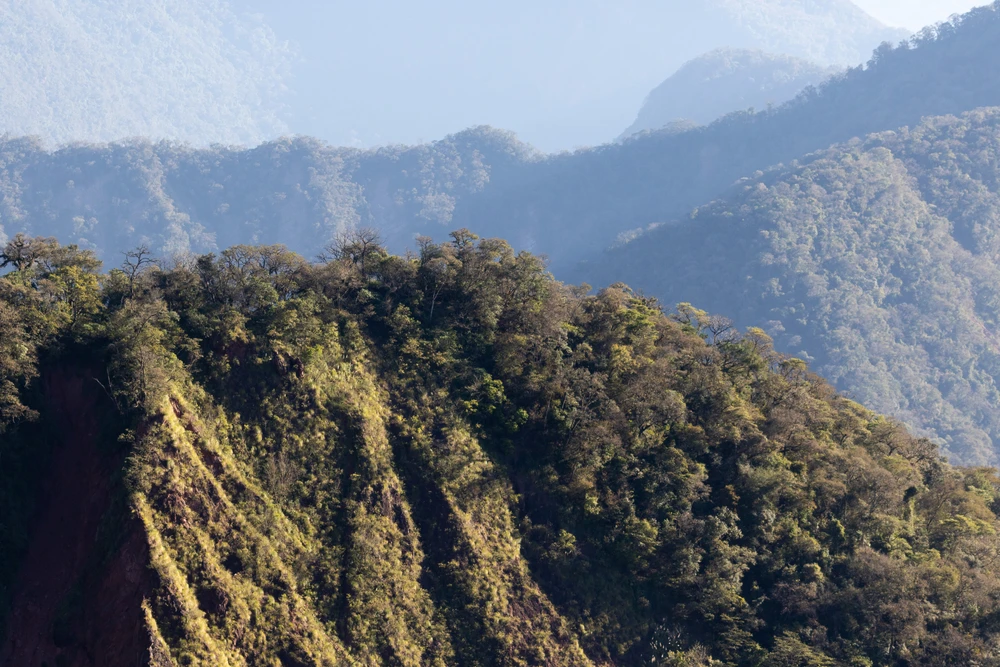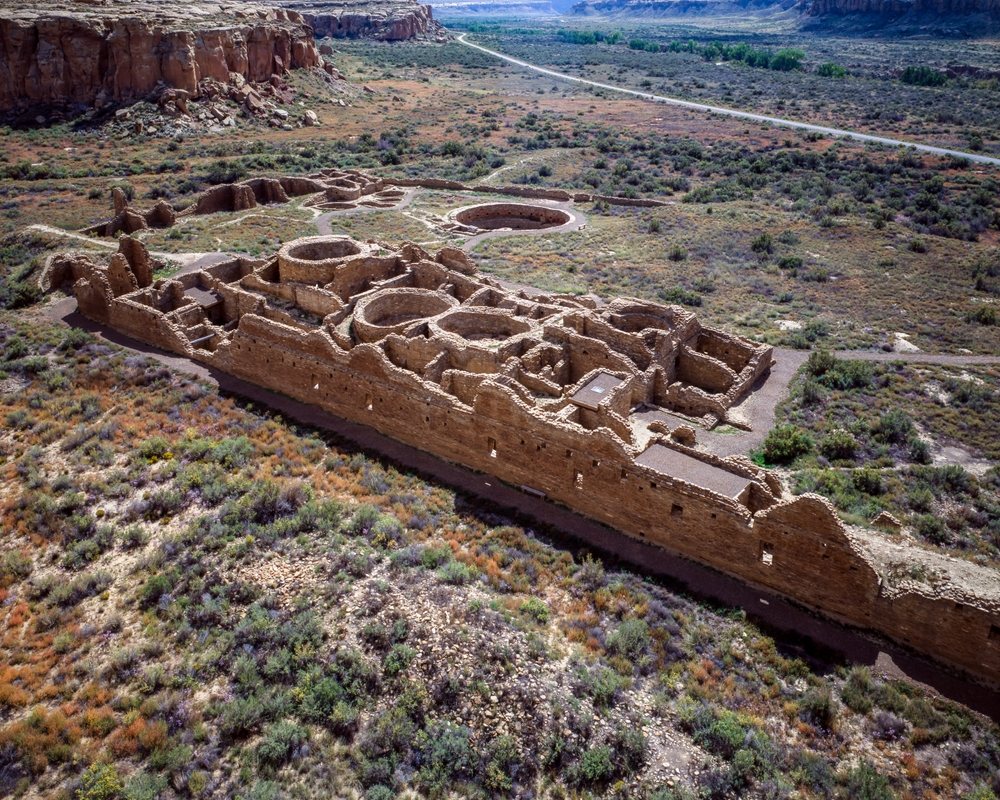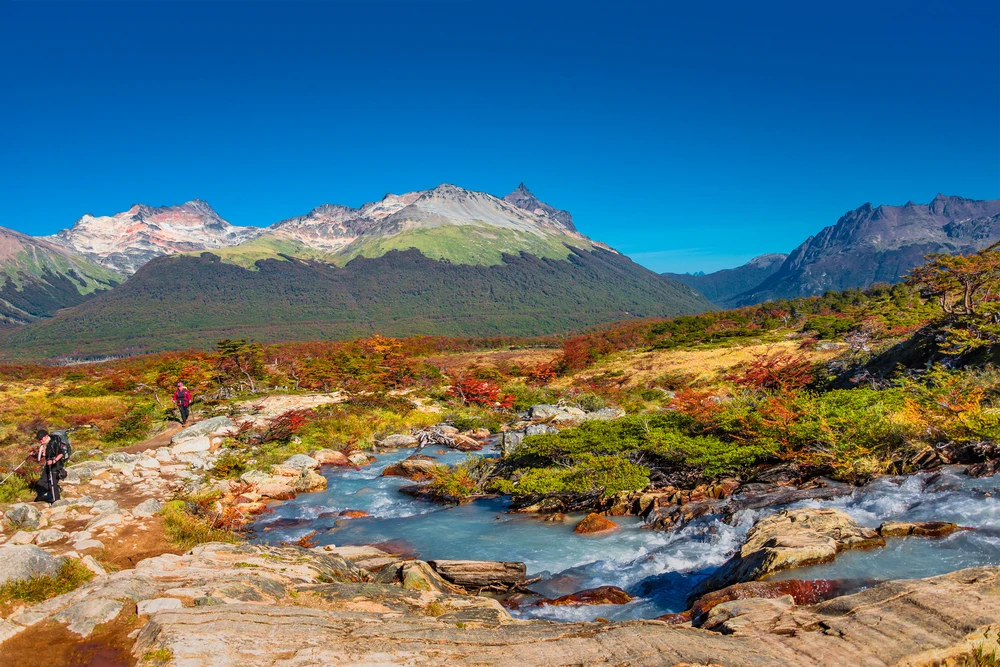Copo Overview
Copo National Park, or Parque Nacional Copo in Spanish, is located in the province of Santiago del Estero in northern Argentina.
Spanning approximately 386 square miles (1,000 square kilometers), the park was established to protect a unique part of the Gran Chaco region, a vast and biodiverse lowland plain that extends across Argentina, Paraguay, Bolivia, and Brazil.
This national park is a critical refuge for many species adapted to the hot and dry conditions of the Chaco, offering a blend of thorny forests, open savannas, and seasonal wetlands.
The park’s terrain is characterized by its dry forests, dominated by quebracho trees, which have historically been harvested for their dense, tannin-rich wood. Alongside these trees, visitors will find other hardy vegetation such as algarrobo (carob trees), chañar, and cactus species that thrive in the arid environment.
The landscape is mostly flat, with slight undulations that support seasonal water bodies. These temporary wetlands become crucial sources of water during the dry season, attracting diverse wildlife.
Copo National Park is home to a remarkable array of wildlife, many of which are specially adapted to the extreme conditions of the Gran Chaco. Among the most notable species are the elusive jaguar, which is rare but still found in the area, and the giant anteater, an iconic species that uses its long tongue to consume thousands of ants and termites daily.
Other key mammals include the Chacoan peccary, a pig-like animal once thought to be extinct, and the maned wolf, known for its long legs and fox-like appearance. The park is also rich in birdlife, with species such as the crowned solitary eagle, Chaco eagle, and red-legged seriema commonly sighted. These birds, along with various parrots and woodpeckers, add vibrant colors and sounds to the otherwise quiet landscape.
One of the park’s most striking features is its remoteness and pristine condition, making it a haven for nature lovers seeking solitude. Due to its ecological importance, Copo National Park is a destination primarily for wildlife observation, photography, and scientific research. While the park does not have extensive infrastructure for tourists, guided tours and ranger-led excursions provide insight into the region’s biodiversity.
Visitors who venture into the park’s trails might encounter traces of jaguar footprints, witness the unique hunting behavior of the maned wolf, or spot a flock of parrots soaring over the quebracho forests.
Conservation efforts in Copo National Park focus on protecting the Gran Chaco’s fragile ecosystem, which has been threatened by deforestation, agricultural expansion, and hunting. The park serves as a crucial stronghold for species that have lost much of their habitat elsewhere.
Argentina’s National Parks Administration works alongside conservation organizations to monitor wildlife populations and prevent illegal activities such as poaching. Successes include the confirmed presence of jaguars, which indicates that the park still supports apex predators, and the increasing awareness of the Chacoan ecosystem’s importance among local communities and conservationists. Despite these efforts, challenges remain, as the surrounding areas continue to face deforestation pressures.











































































